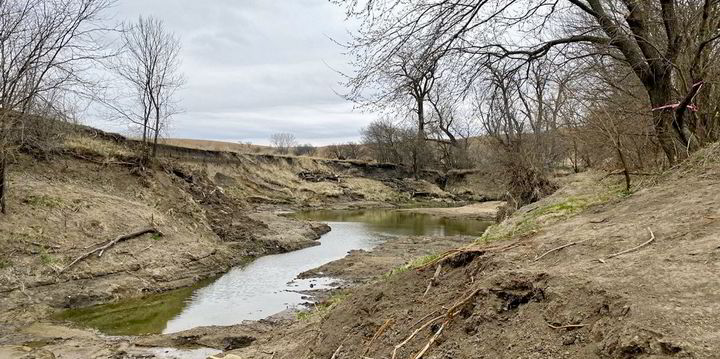A fatigue crack was the cause of a major leak from the Keystone Pipeline that occurred in the United States in December, according to third-party analysis commissioned by pipeline operator TC Energy.
The critical event leading to the spilling of about 14,000 barrels of oil near Washington, Kansas on 7 December 2022 was a crack that originated at a girth weld that connected an elbow fitting to the pipe, the report said.

The third-party Root Cause Failure Analysis, which was ordered by the Pipeline and Hazardous Materials Safety Administration, referred to string of events that led to the spill.
The pipe segment with the fatigue crack was subject to bending stresses during construction, leading to a deformation in the fitting and a “wrinkle” in the adjacent piping. A subsequent circumferential crack in the weld then failed after a decade of operations, TC Energy said.
The analysis reportedly says the weld workmanship was compliant with applicable codes and standards.
“We have made significant progress on our remediation and, to date, recovered 98% of the released product and cleaned up 90% of the Mill Creek shoreline,” said Richard Prior, president of Liquids Pipelines at TC Energy.
Article continues below the advert
“We will not stop until we have completed this work.”
TC Energy said it is in the process of implementing a comprehensive plan to enhance its pipeline integrity programme, which will include the investigation of other sites while the system operates at reduced pressure and the review and evolution of pipeline design guidelines, construction, operations and integrity management practices.
The December spill was greater in volume than the sum of all other leakages recorded on the pipeline since it was inaugurated in 2010,according to a US Government Accountability Office report published in July 2021.
